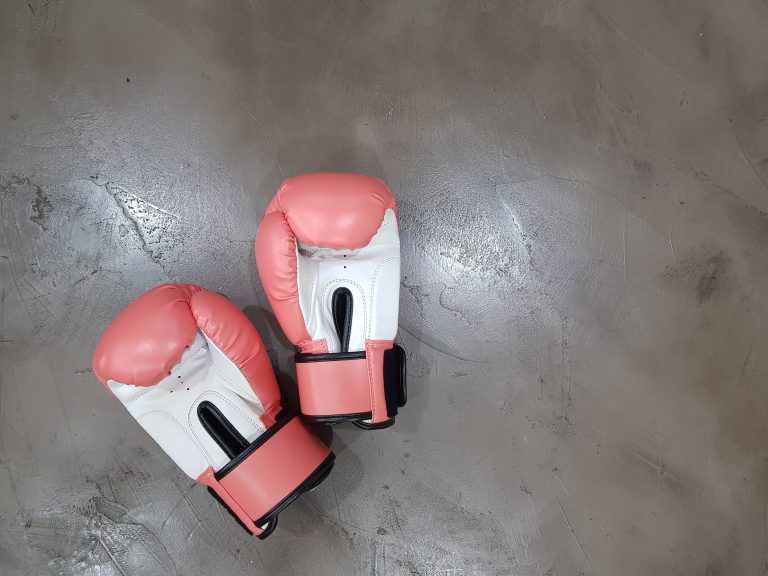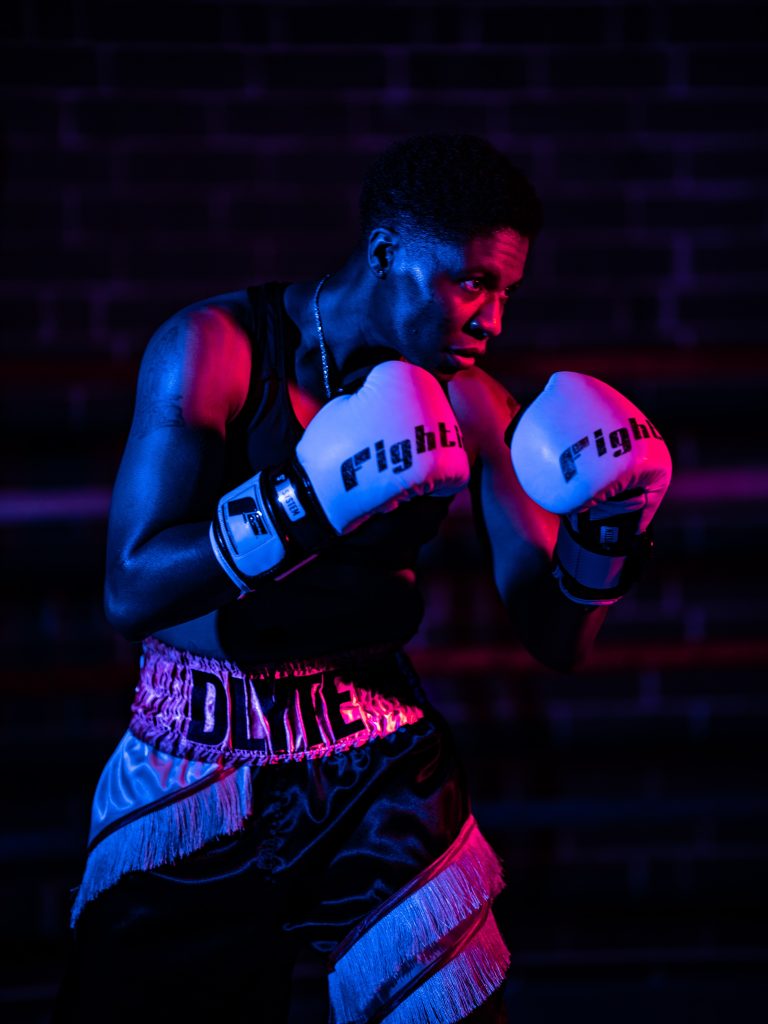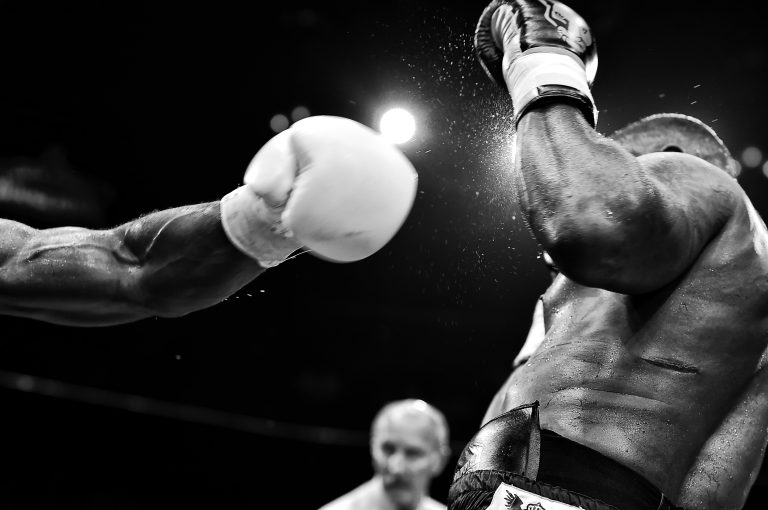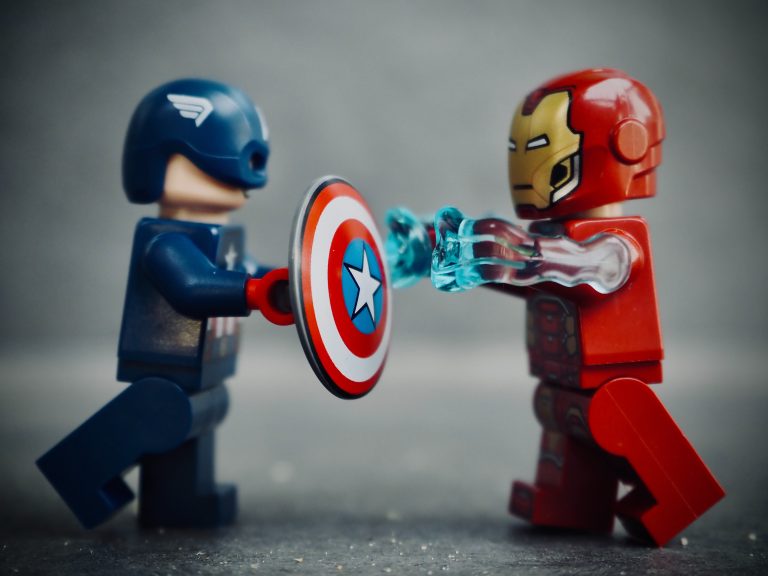The different styles of karate: from Shotokan to Goju-Ryu
Karate, a martial art that originated in Okinawa, Japan, is known for its striking techniques, which include punches, kicks, and knee strikes. Over time, different styles of karate have emerged, each with its unique approach and philosophy. In this blog post, we’ll explore some of the most popular styles of karate, from Shotokan to Goju-Ryu.
1. Shotokan
Shotokan is one of the most popular and widely practiced styles of karate. Founded by Gichin Funakoshi in 1938, Shotokan emphasizes strong, linear movements and high kicks. Practitioners of Shotokan are taught to focus on their form and technique, rather than speed and power. Shotokan is also known for its katas, which are pre-arranged movements that represent various combat scenarios.
2. Goju-Ryu
Founded by Chojun Miyagi in the early 20th century, Goju-Ryu is a style of karate that emphasizes close-range combat and circular movements. Practitioners of Goju-Ryu are taught to use their entire body when striking their opponents, with a focus on powerful punches and kicks. Goju-Ryu also incorporates breathing exercises and meditation, which are thought to increase physical and mental strength.
3. Shito-Ryu
Shito-Ryu is a style of karate that was founded by Kenwa Mabuni in 1928. Shito-Ryu combines elements of Shotokan and Goju-Ryu, with a greater emphasis on fluid movements and rotational techniques. Shito-Ryu also incorporates grappling and throwing techniques, which set it apart from other styles of karate.
4. Wado-Ryu
Founded by Hironori Ohtsuka in the aftermath of World War II, Wado-Ryu is a style of karate that emphasizes balance and evasion techniques. Wado-Ryu practitioners are taught to use their opponent’s momentum against them, with a focus on throws and joint locks. Wado-Ryu also incorporates elements of Judo, including throws and ground fighting techniques.
5. Kyokushin
Kyokushin is a style of karate that was founded by Mas Oyama in the 1950s. Kyokushin is known for its full-contact sparring, which sets it apart from other styles of karate. Kyokushin practitioners are taught to use their entire body when striking their opponents, with a focus on powerful kicks and punches. Kyokushin is also known for its rigorous training, which includes breaking boards and bricks to develop strength and focus.
In conclusion
Each style of karate has its unique approach and philosophy, but all share a commitment to developing physical and mental strength. Whether you’re drawn to the strong, linear movements of Shotokan or the circular movements of Goju-Ryu, there’s a style of karate that’s right for you.
The Different Styles of Karate: From Shotokan to Goju-Ryu
If you are interested in martial arts, then you might have heard about Karate. Karate is one of the most popular martial arts in the world. It originated in Japan and has been spreading throughout the world since the early 20th century. Karate is a discipline that teaches you self-defense techniques, physical fitness, and mental discipline. There are several styles of Karate, each with its unique techniques, forms, and philosophies. In this article, we will discuss the most commonly asked questions about the different styles of Karate.
What is Karate?
Karate is a martial art that originated in Okinawa, Japan. It is a discipline that involves physical and mental training. Its physical training involves strikes, kicks, blocks, and other self-defense techniques. The mental training focuses on building discipline, respect, and focus.
What are the different styles of Karate?
There are several styles of Karate, each with its unique techniques, forms, and philosophies. The most popular styles of Karate include Shotokan, Goju-Ryu, Shito-Ryu, and Wado-Ryu.
What is Shotokan Karate?
Shotokan is one of the most popular styles of Karate. It was founded by Gichin Funakoshi in 1936. Shotokan focuses on powerful strikes and linear movements. It also emphasizes Kihon (basic techniques), Kata (forms), and Kumite (sparring).
What is Goju-Ryu Karate?
Goju-Ryu is another popular style of Karate. It was founded by Chojun Miyagi in 1930. Goju-Ryu means „hard-soft style“ in Japanese, which refers to the combination of hard and soft techniques. Goju-Ryu emphasizes close-range combat, circular movements, and breathing techniques.
What is Shito-Ryu Karate?
Shito-Ryu is a style of Karate that was founded by Kenwa Mabuni in the 1930s. It combines the hard and soft techniques of Karate. Shito-Ryu emphasizes speed, power, and fluidity of motion. It also focuses on developing a strong mindset and spirit.
What is Wado-Ryu Karate?
Wado-Ryu is a style of Karate that was founded by Hironori Ohtsuka in 1939. Wado-Ryu means „way of peace“ in Japanese. Wado-Ryu emphasizes evasion and fluid movements. It also focuses on developing a strong mind and spirit.
What is the difference between the styles of Karate?
The styles of Karate differ in their techniques, forms, and philosophies. Shotokan emphasizes powerful strikes and linear movements, while Goju-Ryu emphasizes circular movements and breathing techniques. Shito-Ryu combines the hard and soft techniques of Karate, while Wado-Ryu emphasizes evasion and fluid movements.
Which style of Karate should I choose?
Choosing a style of Karate is a personal decision. You should choose a style that suits your goals, physical abilities, and learning style. In general, if you are interested in powerful strikes, you might choose Shotokan. If you are interested in circular movements and breathing techniques, you might choose Goju-Ryu. If you are interested in combining hard and soft techniques, you might choose Shito-Ryu. If you are interested in evasion and fluid movements, you might choose Wado-Ryu.
What is the importance of Kata in Karate?
Kata is a form of Karate that involves a series of movements performed in a specific pattern. Kata is important in Karate because it allows practitioners to practice their techniques without a sparring partner. Kata also teaches practitioners about proper body movements, breathing techniques, and concentration.
What is the difference between Kumite and sparring?
Kumite is a practice of Karate that involves full-contact sparring. Sparring is a practice of Karate that involves non-contact or light-contact sparring. Kumite is more intense and realistic than sparring. Kumite also requires protective gear, while sparring does not.
Conclusion
Karate is a popular martial art that offers physical and mental benefits. Its different styles, including Shotokan, Goju-Ryu, Shito-Ryu, and Wado-Ryu, each have their unique techniques, forms, and philosophies. Choosing a style of Karate is a personal decision that should be based on your goals, physical abilities, and learning style. Kata and Kumite are important practices in Karate that allow practitioners to improve their techniques and sparring skills.
Inhaltsverzeichnis





